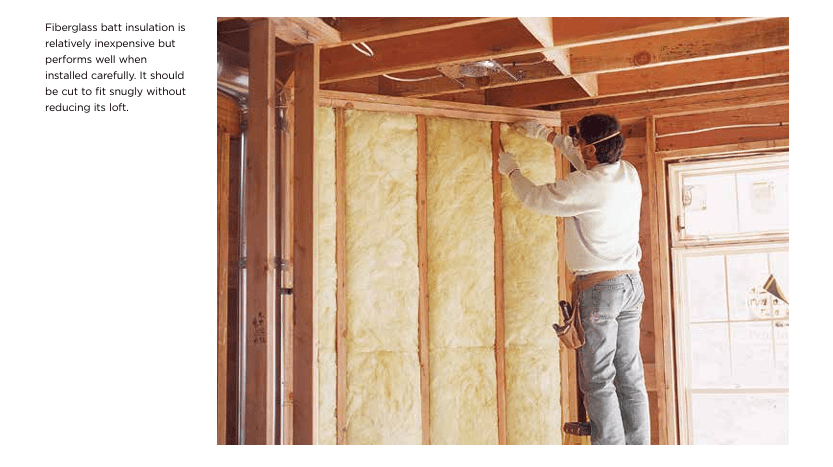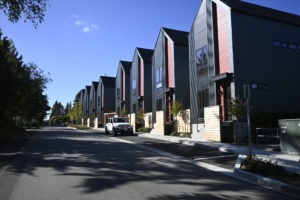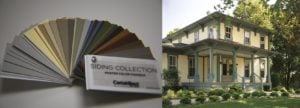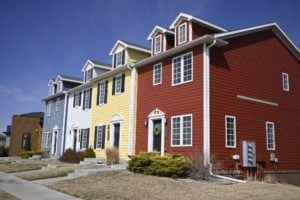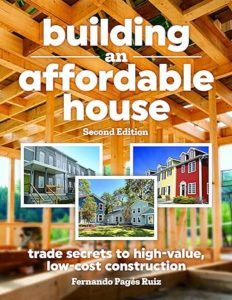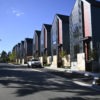The Secret to Energy Efficiency
Air sealing is one of the most cost-effective ways to make a home more energy efficient. While insulation levels are important, they don’t guarantee performance without a tight shell. In fact, a carefully sealed wall insulated with R-13 fiberglass batts can perform better than an R-19 wall with no attention to sealing.
When walls and ceilings are left with gaps, household air leaks into wall cavities, causing condensation whenever outdoor temperatures drop below indoor surfaces. Instead of increasing insulation thickness, tightening the home’s exterior shell is often the best and least expensive way to achieve comfort and energy savings.
Why Air Sealing Matters
Condensation Risks: Higher insulation without sealing creates a greater temperature difference, drawing more moist air into cavities.
Payback Advantage: Simple air-sealing practices pay back in 1–2 years, while higher R-value insulation may take 10–20 years.
Reduced HVAC Load: A properly sealed home can reduce air conditioner size by half a ton and furnace needs by 50,000 Btu.
Best Air Sealing Methods
Exterior Air Barriers
Use vapor-permeable polyolefin papers like Tyvek.
Opt for systems like ZIP System or Thermo-Brace Guard, which integrate sheathing, moisture, and air resistance.
Sealing Penetrations
Foam or caulk around wires, pipes, and vents.
Tape seams in OSB or plywood sheathing to eliminate hidden leaks.
Foundation and Framing Sealing
Apply foundation sealers at sill plates.
Caulk along double studs, top plates, and rim joists.
Inspect rim joists before drywall, ensuring batts or foam remain in place.
Airtight Drywall Approach (ADA)
Uses gaskets and caulking around drywall edges and penetrations.
Proven to cut heating needs by 23–32% in cold climates.
Advanced Air Sealing Technologies
AeroBarrier: An aerosol-based system that seals leaks by misting sealant into a pressurized home. Works after drywall and can save time compared to manual sealing.
Blower-Door Tests: Essential for confirming airtightness. Current building codes require homes to meet strict air change limits depending on climate zone.
The Bottom Line
A well-sealed home maximizes insulation performance, lowers energy bills, and prevents long-term damage from moisture. The best investment is often not more insulation, but more caulk, tape, and attention to detail.
💡 Want to know more? If you’d like detailed, step-by-step guidance on air sealing practices and building science principles, check out the full copy of the book.
